- No products in the cart.
Tetraderm cream naruzhn.prim th 15g
$15.29
Tetraderm cream naruzhn.prim th 15g
SKU: 1013997379 Categories: Dermatitis, Medicaments, Skin Tags: Gentamicin + + dexpanthenol + econazole mometasone, VERTEX
Description
Composition
Active substance:
Mometasone Furoate – 0.5 mg; Gentamicin Sulfate – 1.0 mg (calculated as gentamicin); econazole nitrate – 10.0 mg; dexpanthenol – 50.0 mg ;.
Excipients:
Liquid paraffin (paraffin oil, mineral oil) – 120.0 mg; cetostearyl alcohol – 70.0 mg; propylene glycol – 50.0 mg; 6 macrogol cetostearyl ether – 20.0 mg; macrogol cetostearyl ether 25 – 20.0 mg; sodium dihydrogen phosphate dihydrate (monobasic sodium phosphate) – 2.0 mg; Purified water – 1.0 g
Description:
Uniform cream white or nearly white.
Product form:
Cream for external use.
15 g or 30 g in a tube of aluminum.
Each tube together with instructions for use in a stack of cardboard.
Contraindications
– increased sensitivity to dexpanthenol, econazole, gentamicin, mometasone or to any of the components of the drug; – skin reactions after vaccination; – lupus; – cutaneous manifestations of syphilis; – chickenpox; – Herpes simplex; – application on open wounds; – rosacea; – perioral dermatitis; – Children up to age 18 years (effectiveness and safety have been established).
Precautions – Pregnancy and lactation; – Application on large areas of skin; – long-term use; – application in violation of the integrity of skin; – the application of occlusive dressings.
Indications
Treatment of dermatoses, inflammatory genesis with concomitant bacterial and mycotic infection or a high probability of secondary infection attachment (simple and allergic dermatitis, atopic dermatitis (including atopic dermatitis) bounded atopic dermatitis, eczema, dermatomycosis (tinea, candidiasis, pityriasis versicolor)) especially at localization in the groin area and the large skin folds; simple chronic zoster (restricted neurodermatitis).
Interaction with other drugs
Tetraderm® drug interaction studies with other drugs have not been conducted, however it should not be used simultaneously with other medicines for external use.
Overdose
symptoms
With prolonged use of local corticosteroids in high doses may suppress adrenal function with the development of secondary adrenal insufficiency and Cushing’s symptoms, including Cushing’s syndrome.
A single overdose of gentamicin is not accompanied by the appearance of any symptoms. Long-term use or used in doses higher than recommended may result in a significant increase in non-sensitive microflora, including fungal, in the lesion.
An overdose of econazole when applied topically does not lead to the appearance of any symptoms.
When dexpanthenol overdose with topical is not expected to experience any symptoms.
Treatment
Symptomatic. Acute symptoms of Cushing’s usually reversible.
If necessary, correction shown electrolyte imbalance.
Uncontrolled growth of non-susceptible micro-organisms or the development of fungal infection should stop treatment and to choose the appropriate therapy.
pharmachologic effect
Pharmacodynamics:
Combined preparation for external application.
Anti-inflammatory, antipruritic, antiexudative, antibacterial, antifungal (fungicidal) and regenerative effect. The activity of the drug due to the pharmacological properties of the components in its composition.
gentamicin
Broad-spectrum antibiotic of the aminoglycoside. Bactericidal and provides high external treatment of primary and secondary bacterial infections of skin. Active against gram-negative organisms: Pseudomonas aeruginosa, Aerobacter aerogenes, Escherichia coli, Proteus vulgaris, Klebsiella pneumoniae; Gram-positive organisms: Staphylococcus aureus (coagulase-positive and coagulase-negative some strains producing penicillinase).
dexpanthenol
Dexpanthenol – a derivative of pantothenic acid. Pantothenic acid – water-soluble vitamin of group B (Vitamin B5) – is a part of coenzyme A. It stimulates the regeneration of the skin, normalize cellular metabolism, accelerates mitosis and increases the strength of collagen fibers. Increasing demand for pantothenic acid is observed for damaged skin or tissue, and it can make up for the lack of external application of dexpanthenol. It penetrates into all layers of the skin. Provides regenerating, weak anti-inflammatory action.
mometasone
Synthetic glucocorticosteroid (GCS) has a local anti-inflammatory, antipruritic and antiexudative action. GCS induce isolation of proteins that inhibit phospholipase A2 and collectively known lipocortin which control the biosynthesis of inflammatory mediators such as prostaglandins and leukotrienes by inhibiting the release of their common precursor – arachidonic acid.
econazole
Econazole – synthetic derivative of imidazole. It has antifungal and antibacterial properties. Inhibits biosynthesis of ergosterol, regulating the permeability of cell walls of microorganisms. Easily soluble in lipids and penetrates well into tissues. It is active against dermatophytes Trichophyton,
Microsporum, Epidermophyton, yeast fungi of the genus Candida, Corynebacterium minutissimum, and Malassezia furfur (Pityrosporum orbiculare), causing pityriasis versicolor, and some gram-positive bacteria (Streptococcus, Staphylococcus).
Pharmacokinetics:
gentamicin
When applied topically absorbed in minor amounts. Due to the low absorption practically has no systemic effects.
dexpanthenol
When applied topically absorbed and converted into pantothenic acid, binds to plasma proteins. Pantothenic acid is not subjected to metabolism in the body and excreted unchanged by the kidneys.
mometasone
Absorption mometasone low when used topically. After 8 hours after the single application on intact skin (without occlusive dressings) detected in the systemic circulation of about 0.4% of the dose. When inflammation and damage to skin absorption increases. Mometasone extensively metabolized in the liver.
And excreted mainly by the kidneys in a small amount in the bile.
econazole
When applied topically econazole penetrates all layers of the skin and nail plate.
Therapeutic concentrations are in the stratum and other layers of the epidermis and the dermis. When applied to the skin is negligible systemic absorption. Less than 1% of the applied dose is excreted through the intestines and kidneys.
Pregnancy and breast-feeding
Pregnancy
Tetraderm® controlled trials of the drug during pregnancy was conducted. Application of pregnancy is possible only in those cases where the intended benefits to the mother outweighs the potential risk to the fetus. During pregnancy should not use the drug Tetraderm® on large areas of skin or over a long period of time.
Breastfeeding
Corticosteroids are excreted in breast milk. In this regard, should stop breastfeeding or use of the drug Tetraderm® nursing mother.
Conditions of supply of pharmacies
Prescription.
side effects
Classification incidence of side effects according to the recommendations
World Health Organization (WHO): very common> 1/10; often by> 1/100 to 1/1000 to 1/10000 to
For the skin: rarely – skin irritation, dry skin, feeling of skin burning, itching, acne, skin atrophy (thinning and loss of elasticity), hypertrichosis (excess hair growth), hypopigmentation, perioral dermatitis (rash or irritation around the mouth) allergic contact dermatitis, skin maceration (softening of the upper layers of skin), striae (stretching), heat rash (skin irritation, develops due to increased sweating), the formation of papules and / or pustules (rash); frequency is unknown – skin redness (rubor), urticaria (blisters).
From the nervous system: the frequency is unknown – paresthesia (tingling and numbness).
Other: rarely – folliculitis (inflammation of the hair follicle), secondary infection.
When applying the external forms of corticosteroids for a long time and / or when applied to large areas of skin, or by using occlusive dressings can have side effects characteristic of systemic corticosteroids, including adrenal insufficiency and Cushing’s syndrome.
special instructions
Tetraderm® The drug is not intended for use in ophthalmology. Do not allow contact with the drug in the eye and periorbital region.
Tetraderm® Cream should not be used on facial skin and scalp.
It is not recommended to use the drug under occlusive dressing, except in cases when it is necessary.
Should not be used for the treatment of varicose venous leg ulcers, and open wounds.
Some parts of the body (inguinal folds, armpits and perianal region) greater risk of occurrence of striae, however the duration of the drug in these areas of the body must be limited.
If use of the drug Tetraderm® marked irritation or signs of hypersensitivity, treatment should be discontinued and the patient to choose a different therapy.
Any side effects that occur with systemic corticosteroids, including inhibition of adrenocortical function, and can be marked with topical
GCS. Systemic absorption of corticosteroids may include increase with prolonged use, treatment of extensive body surfaces or the use of occlusive dressings. In such cases, the possibility of side effects typical of systemic corticosteroids.
Note that corticosteroids can change the manifestation of some skin diseases that can complicate diagnosis. In addition, use of corticosteroids may cause delays wound healing.
When long-term therapy of GCS sudden cessation of treatment can lead to rebound syndrome, which manifests itself in the form of dermatitis with intense redness and burning sensation. Therefore, after the long course of treatment drug Tetraderm® cancellation must be carried out gradually.
Systemic absorption with topical gentamicin may be increased in case of applying to extensive areas of the skin, especially after prolonged treatment in the presence or skin damage. With long-term use of the drug Tetraderm® on extensive skin surfaces with impaired integrity potential exists suction and gentamicin, respectively, of ototoxicity symptoms and other undesirable phenomena characteristic of gentamicin when administered systemically.
Perhaps the development of cross-allergic reactions to antibiotics of the aminoglycoside.
Prolonged external application of gentamicin can be observed insensitive microflora growth including fungal. In this case, as in the development of irritation, hypersensitivity reactions and superinfection, treatment should be stopped and prescribe appropriate therapy.
Effects on ability to drive vehicles and mechanisms
Data about the negative effect of the drug Tetraderm® on ability to drive and use machines, as well as perform other activities that require concentration and speed of psychomotor reactions, no.
Storage conditions
Store at a temperature not higher than 25 ° C.
Keep out of the reach of children.
Dosing and Administration
Outwardly.
The cream is applied to the affected skin a thin layer, gently rubbing 2 times per day to achieve positive clinical outcome.
Duration of treatment is individual, depending on the size, location of the lesion and the severity of the disease, and is usually 1-2 weeks. When tinea pedis mean duration of treatment is 2-4 weeks. More than 4 weeks of use the drug
Tetraderm® not recommended.
If after treatment there is no improvement or there are new symptoms, you should consult with your doctor. Use drug only according to the application and in those doses which are specified in the instruction. If necessary, please consult your physician before using the drug.
Information
Appearance may differ from that depicted in the picture. There are contraindications. You need to read the manual or consult with a specialist
Additional information
| Weight | 0.100 kg |
|---|---|
| Manufacturer | VERTEX |

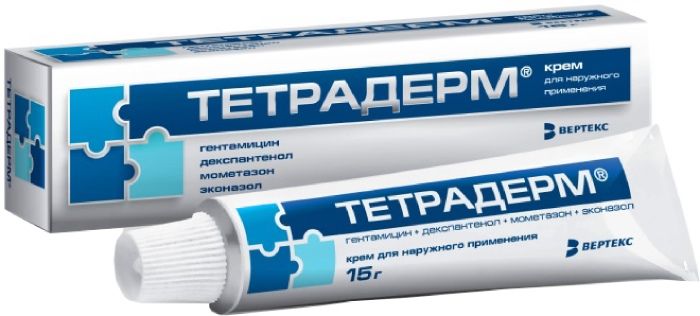
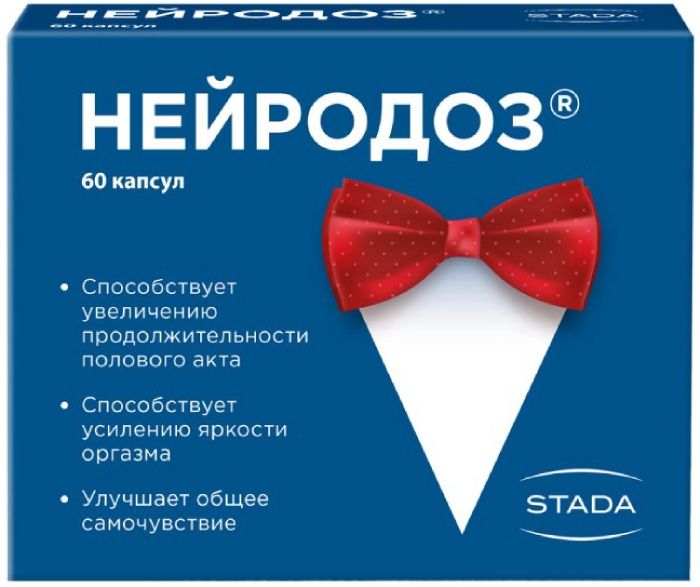
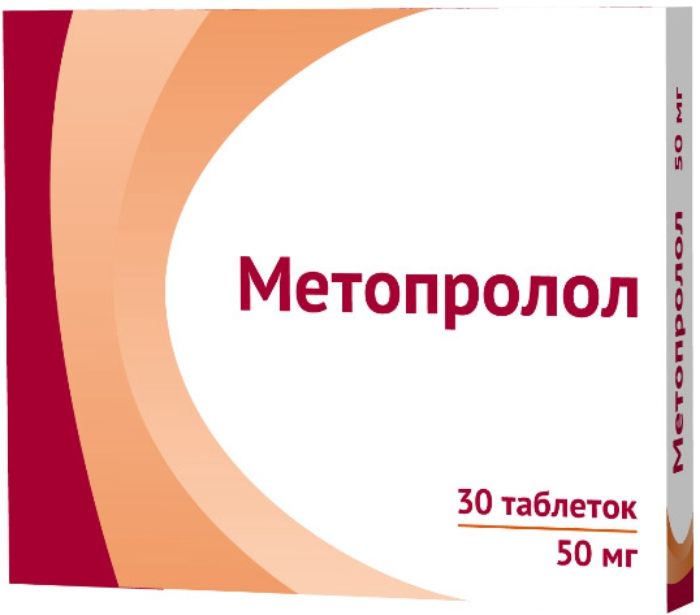

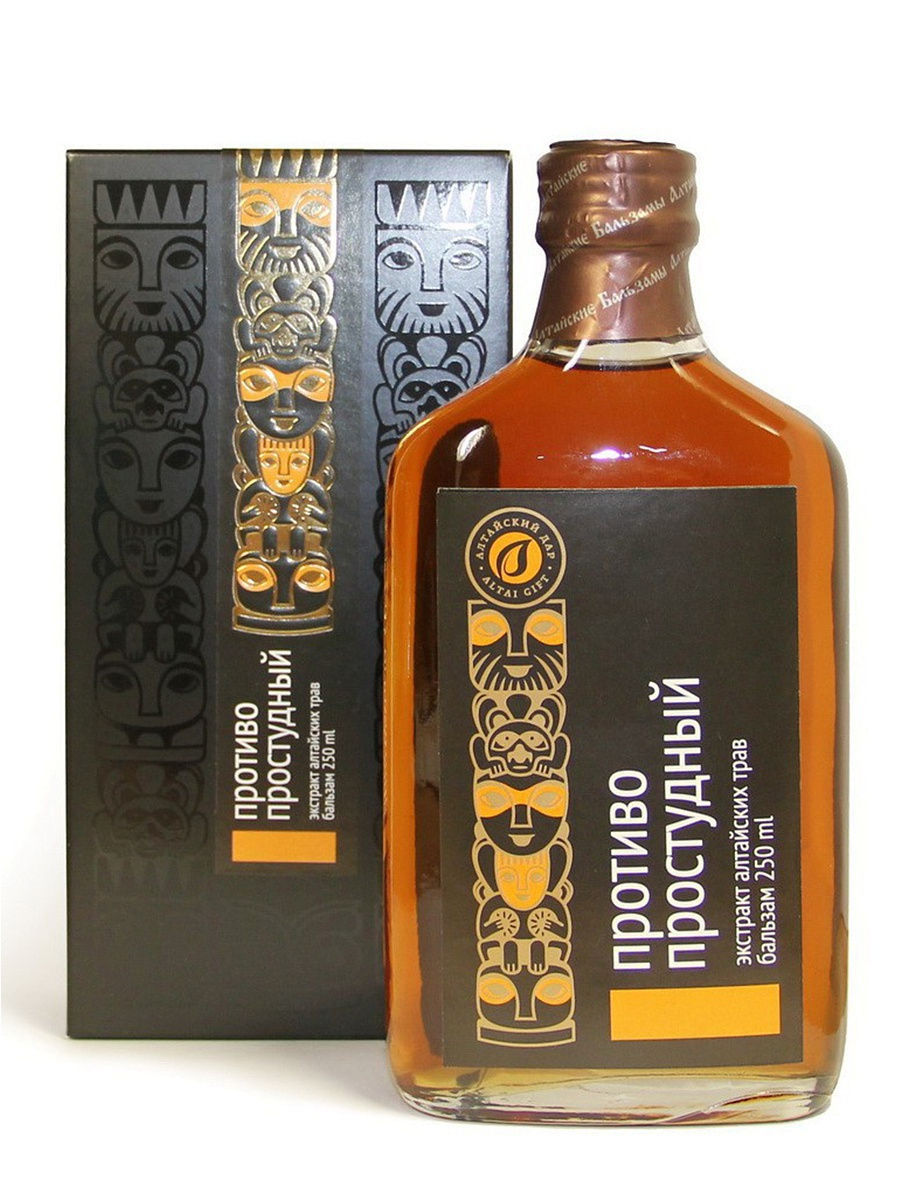
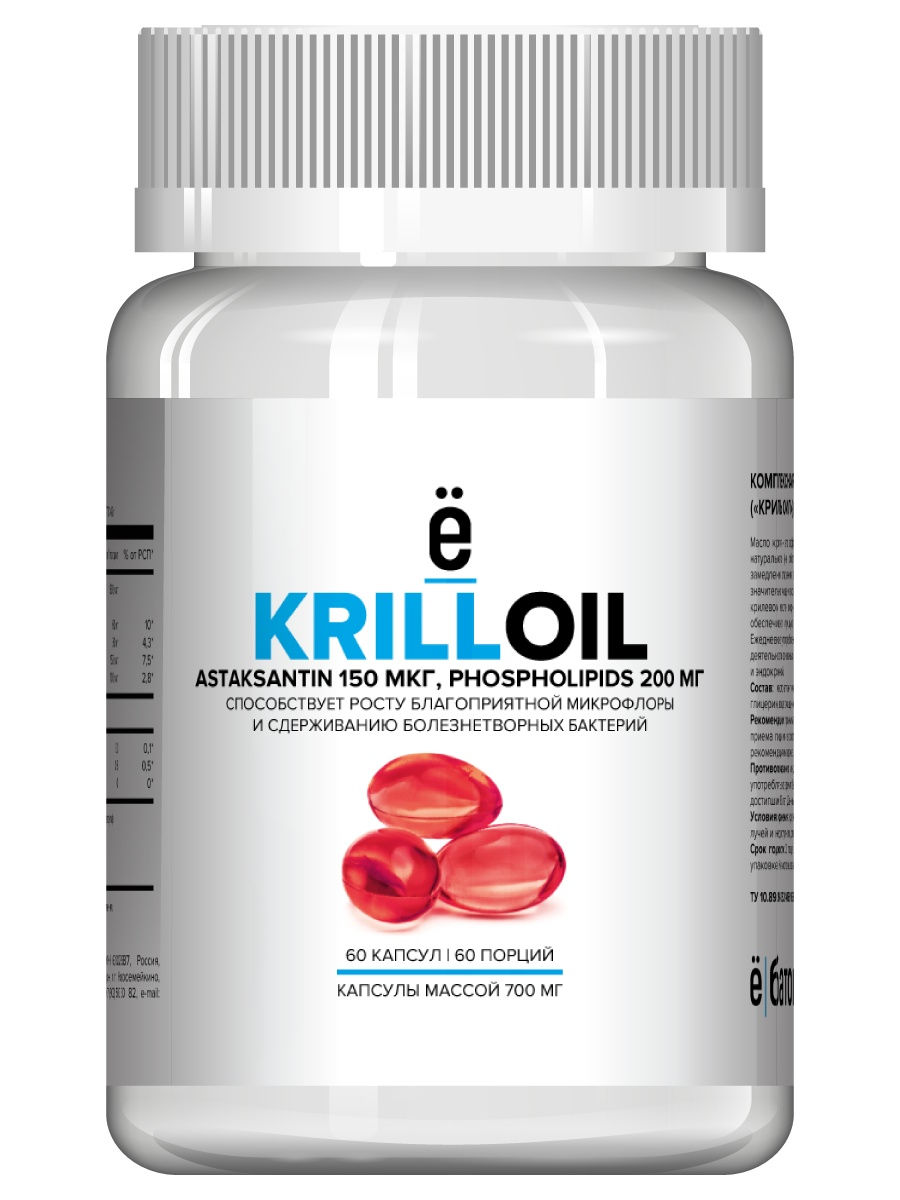
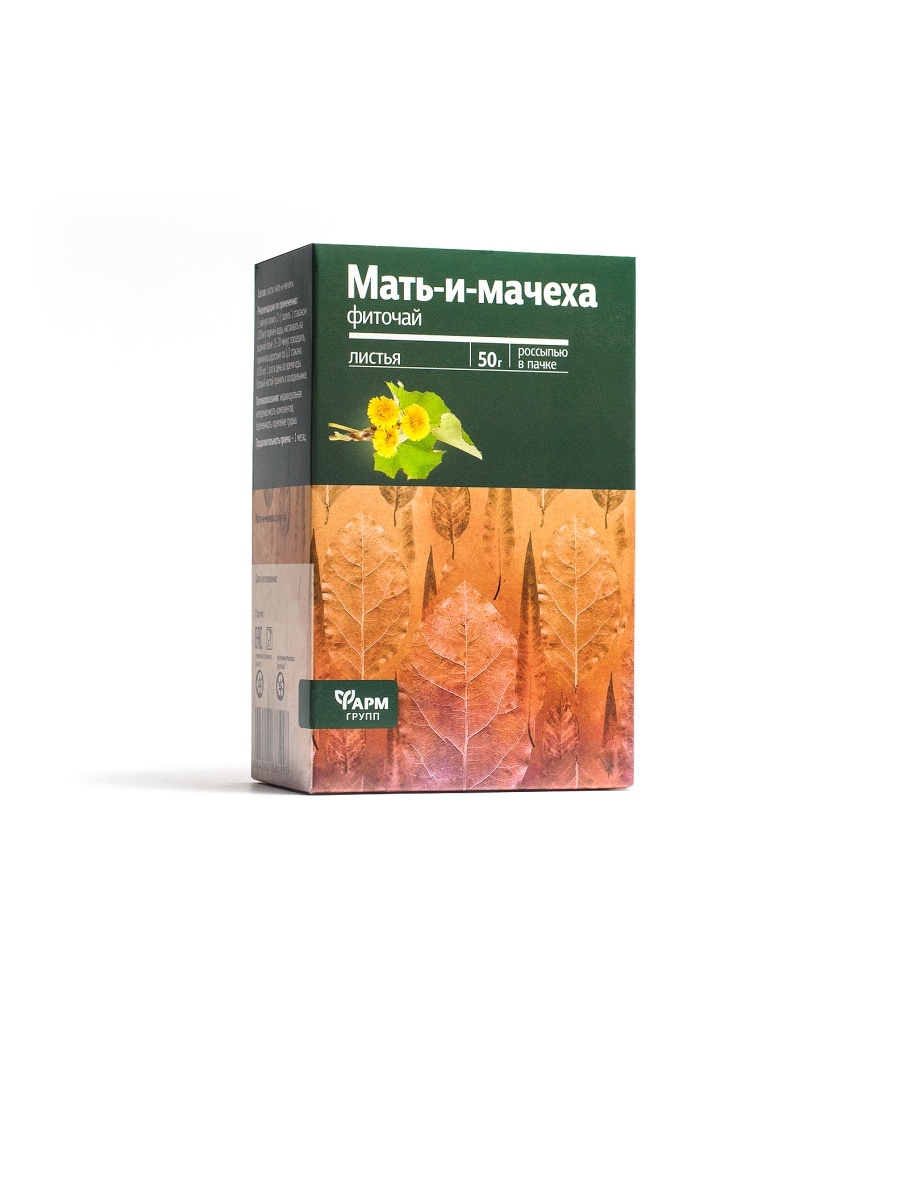



There are no reviews yet.